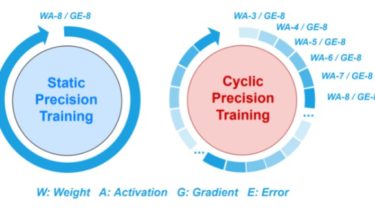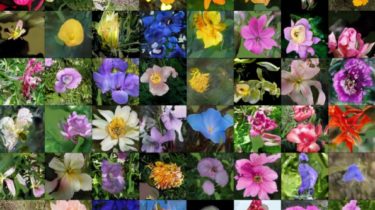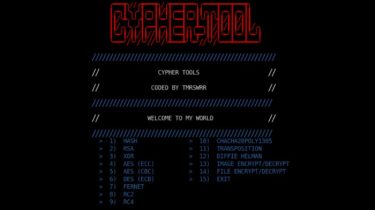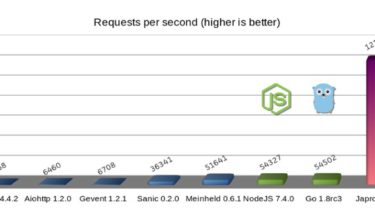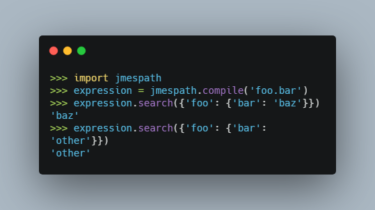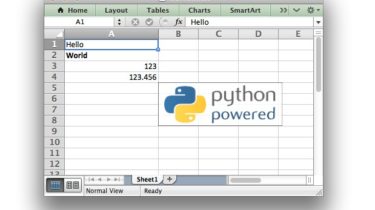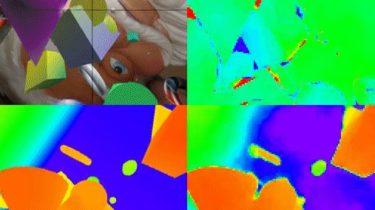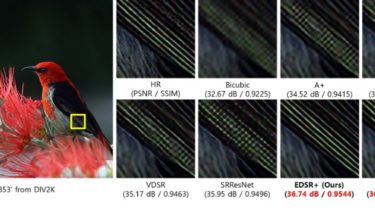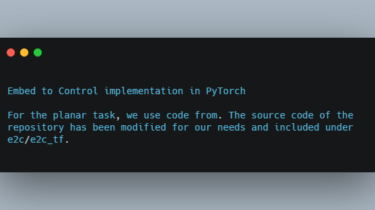Efficient Deep Neural Network Training via Cyclic Precision
CPT Yonggan Fu, Han Guo, Meng Li, Xin Yang, Yining Ding, Vikas Chandra, Yingyan Lin Accepted at ICLR 2021 (Spotlight) [Paper Link]. Overview Low-precision deep neural network (DNN) training has gained tremendous attention as reducing precision is one of the most effective knobs for boosting DNNs’ training time/energy efficiency. In this paper, we attempt to explore low-precision training from a new perspective as inspired by recent findings in understanding DNN training: we conjecture that DNNs’ precision might have a similar […]
Read more